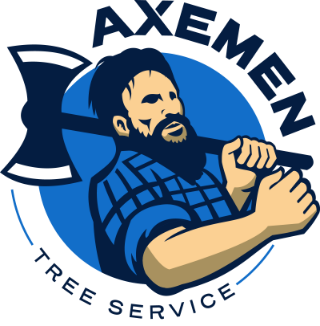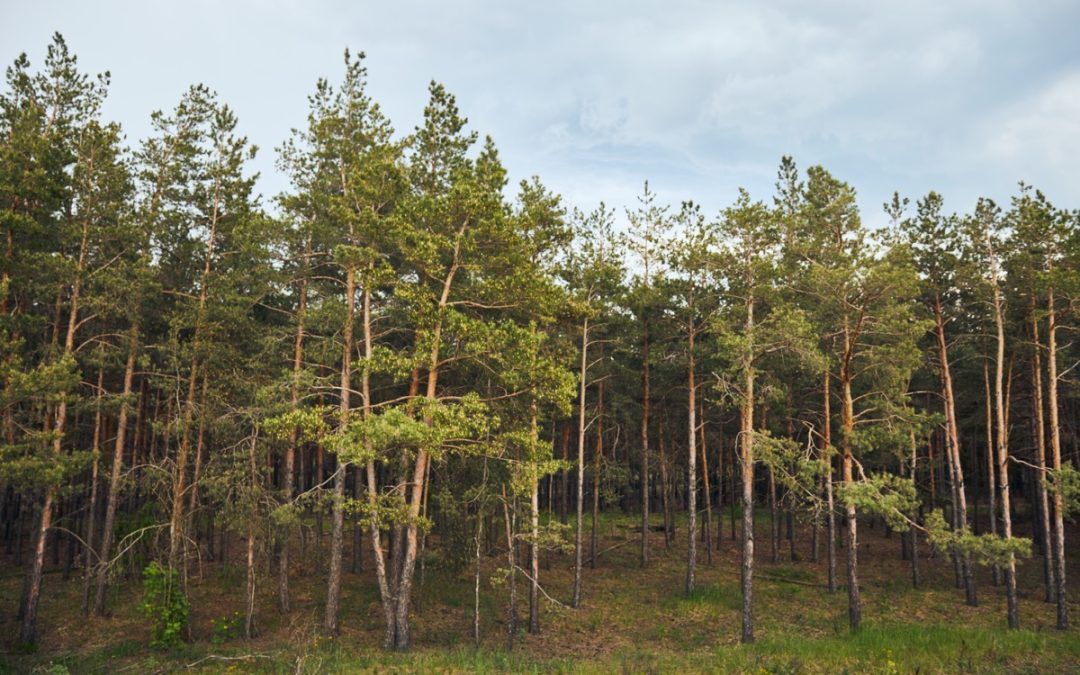Georgia’s landscapes are adorned with towering pines, a signature element of the Southern ecosystem. These majestic trees provide shade, habitat for wildlife, and a source of timber. However, just like any living organism, pines can succumb to disease, age, or weather damage, transforming them from cherished assets to potential hazards.
This comprehensive guide delves into the world of Georgia’s native pines, equipping you with the knowledge to identify them and understand potential threats that could necessitate professional tree services. We’ll also explore why Axemen Tree Service is the ideal partner for all your pine tree care needs.
A Tapestry of Pines: Georgia’s Native Varieties
Georgia boasts a diverse range of pine species, each with unique characteristics:
- Loblolly Pine (Pinus taeda): The most common pine in the Southeast, loblolly pines are fast-growing and reach heights of 80-100 feet. They have long, straight needles grouped in threes and reddish-brown bark with shallow fissures.
- Longleaf Pine (Pinus palustris): This iconic Southern pine is slower growing than the loblolly pine but boasts a longer lifespan. Reaching heights of 60-100 feet, it has distinctive needles grouped in threes, reaching up to 18 inches long. The bark is thick, grayish-brown, and deeply furrowed.
- Shortleaf Pine (Pinus echinata): Found primarily in the Piedmont region, shortleaf pines reach heights of 50-80 feet. Their needles are grouped in twos or threes and are shorter than loblolly pines, at 2-5 inches long. The bark is reddish-brown and scaly.
- Pitch Pine (Pinus rigida): These hardy pines are well-adapted to harsh conditions and can be found on rocky ridges. They are smaller than loblolly pines, reaching 40-70 feet tall. Their needles are stiff and grouped in threes, measuring 3-5 inches. The bark is dark, reddish-brown, and has large, squarish plates.
- Virginia Pine (Pinus virginiana): These versatile pines thrive in various habitats and often create dense thickets. They are smaller than loblolly pines, reaching 30-50 feet tall. Their needles are short and stiff, grouped in twos, and measure 1-2 inches long. The bark is dark brown and has narrow, scaly ridges.
Understanding the characteristics of these native pines will help you identify them on your property. However, recognizing potential hazards is equally important.
Recognizing Hazardous Pines: When Beauty Becomes a Threat
While healthy pines are a valuable asset, damaged or diseased trees can pose a serious threat to your property and safety. Here are some key signs to watch for:
- Leaning: A noticeably leaning pine tree could indicate weakened roots or root rot. Leaning towards structures increases the risk of falling and causing significant damage.
- Dead or Dying Branches: Extensive dead or dying branches on a pine tree indicate disease or insect infestation. These branches are more susceptible to breaking and falling, posing a threat to people and property below.
- Cracks or Cavities: Deep cracks or large cavities in the trunk are signs of structural weakness. Such trees are more likely to break during storms or strong winds.
- Fungal Growth: Mushrooms or conks growing at the base of the tree or on the trunk indicate fungal disease, which can weaken the tree and lead to structural instability.
- Insect Infestation: Excessive needle loss, sap accumulation, or visible signs of insects like bark beetles can indicate infestation. These can weaken the tree and accelerate deterioration.
If you suspect that a pine tree on your property poses a hazard, immediate professional attention is crucial. Axe Men Tree Service can be your trusted partner in addressing these concerns.
Why Axe Men Tree Service is the Answer to Your Pine Tree Concerns
Axe Men Tree Service is a fully licensed and insured tree service company dedicated to providing safe, efficient, and environmentally responsible solutions for all your pine tree needs. Here’s why they are the ideal choice for your property:
- Experienced and Certified Arborists: Axe Men Tree Service employs ISA-certified arborists who possess in-depth knowledge of pine tree biology, disease identification, and risk assessment. Their expertise ensures they can accurately diagnose the problem and recommend the most appropriate course of action.
- Comprehensive Hazard Assessment: Their team will conduct a thorough inspection of the suspect pine tree, considering factors like its health, lean angle, proximity to structures, and potential threats. Based on their assessment, they will recommend the safest and most effective solution.

